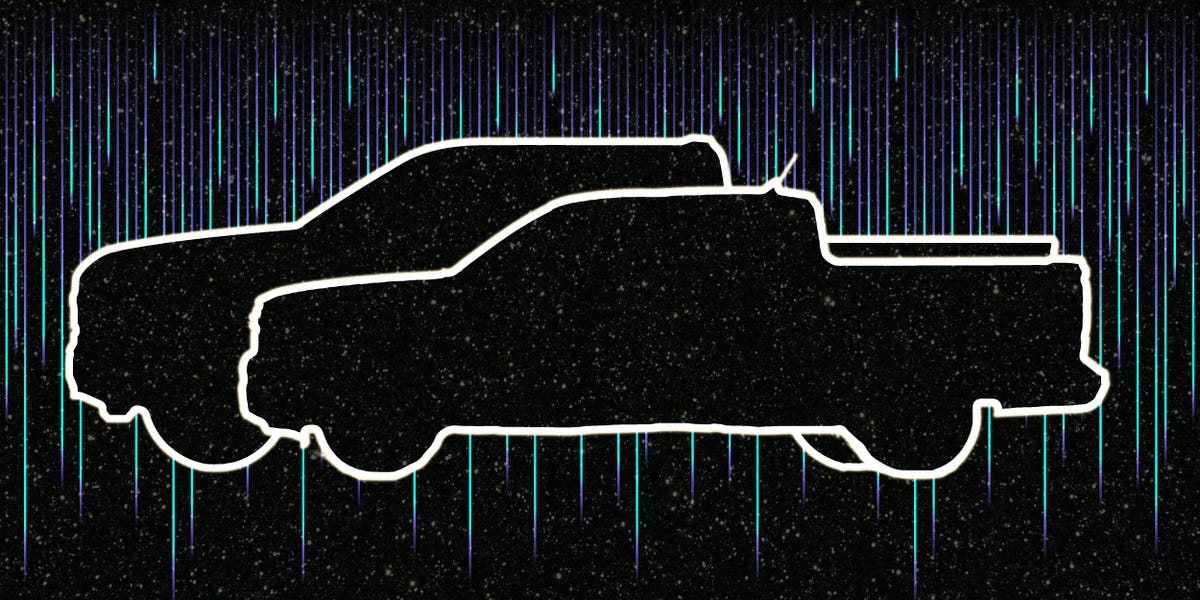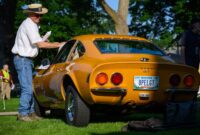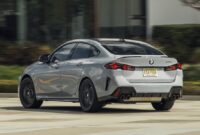The small-sized pickup truck has made a comeback in America and is expected to be the next significant trend within a fiercely competitive and diversifying market segment. These vehicles were reintroduced in 2021 through an unibody design inspired by crossovers.
Hyundai Santa Cruz
and
Ford Maverick
These vehicles have cumulatively sold almost 450,000 units, reaching peak sales in 2024, when more than 130,000 Maverick models and over 32,000 Santa Cruz models were delivered from dealerships.
These trucks are gaining popularity due to addressing a longstanding unmet demand. “Individuals appreciate the concept of owning a pickup, and these models can perform the typical tasks that most people require—a trip to transport mulch or topsoil, perhaps heading to IKEA for outdoor furniture, or visiting Home Depot for home improvement projects—while avoiding the drawbacks associated with larger trucks,” explains Sam Abuelsamid, who leads market research at automotive consultancy firm Telemetry Insight.
These drawbacks are numerous. Full-sized pickup trucks have dramatically increased in size and are now massive, making them hard to maneuver and park, tough to get into and out of, heavy fuel consumers, significant emitters of tire dust, damaging to roads, and—as I reported—
R&T
has shown—
deathly cudgels
for residents and other individuals using the roadway. All of these
drawbacks
Are further complicated by the fact that numerous owners seldom utilize them for truck-type activities. Additionally, they come at a high cost, making them pricey.
Kelley Blue Book data
posted in January indicates that the average transaction price for one is almost $65,000.
Midsize trucks, which were reintroduced during the early years of the 21st century to address these issues, have mirrored the trajectory of their bigger counterparts. As Abuelsamid explains, “There was an increasing demand for additional features, greater interior space, higher payloads, and enhanced capabilities,” leading to what he terms as ‘feature bloat.’ For instance, consider how much they’ve evolved: a standard model from 2025 like the Toyota Tacoma is about six inches longer compared to a basic version of the 2010 Chevrolet Silverado.
It became clear that there was an unfulfilled demand from consumers. “Hyundai examined the market and concluded, ‘Perhaps this is the right moment to introduce a fresh compact pickup,'” explains John Sohn, who serves as the senior group manager for product planning at the rebellious South Korean automaker. The Santa Cruz concept made its debut in 2014 and commenced production at Hyundai’s facility in Georgia after some years.
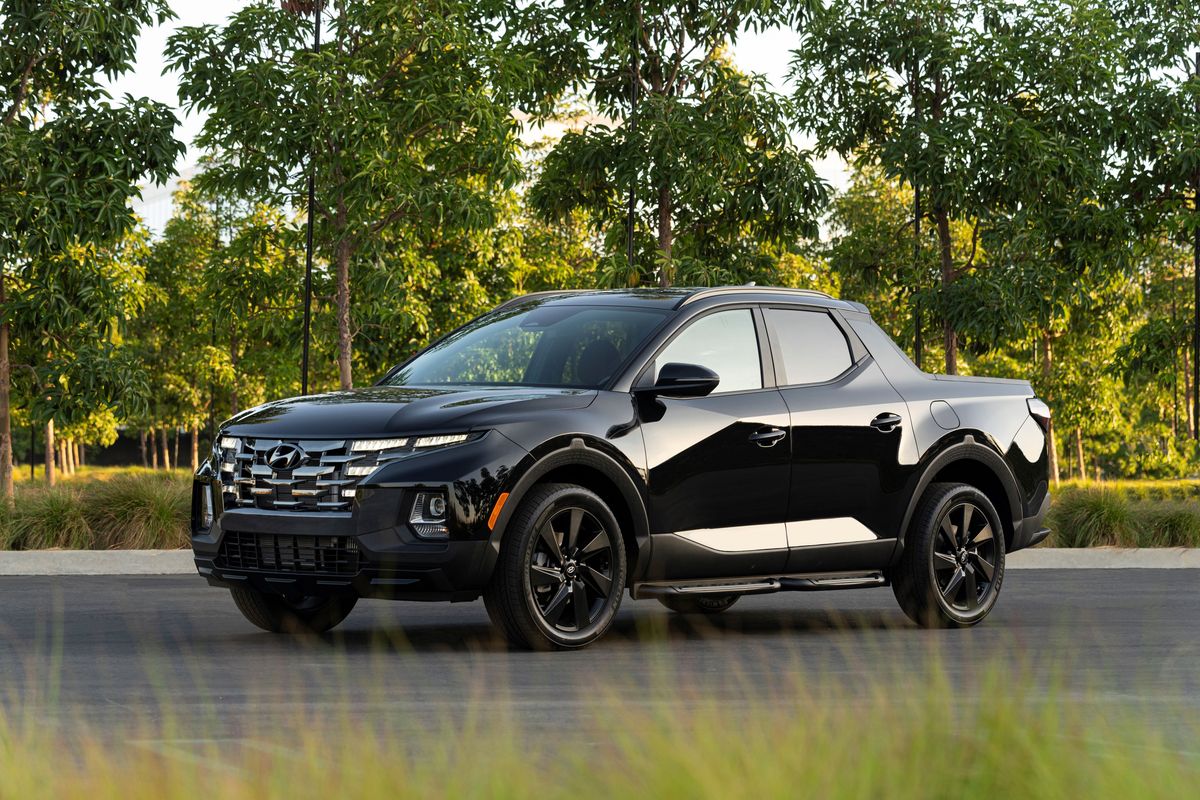
We aimed to design a unibody vehicle that provides an SUV-like driving feel, along with high-quality interior components, comfort, and low noise levels, vibration, and harshness (NVH), all while incorporating the practicality of an open cargo area,” explains Sohn. “Ford achieved something similar with the Maverick.
It’s not an original concept. Back in the 1950s, Asian car manufacturers Nissan (formerly known as Datsun) and Toyota pioneered the introduction of smaller pickup trucks in this market. According to Marcus Umlauff, who serves as the general manager for Toyota’s truck strategy, “The compact trucks from Toyota played a key role in establishing affordable, practical-sized vehicles that combined high capability with outstanding dependability and durability.”
This encouraged local carmakers to rely on their Asian production allies to badge-engineer compact, Japan-made pickup trucks for the American market. For instance, GM introduced the Chevy Luv, manufactured by Isuzu. In the 1980s, Ford released the Courier as a rebadged version of a Mazda model, and Chrysler offered several models produced by Mitsubishi, as noted by Abuelsamid.
Several of these vehicles faced what was known as the “Chicken Tax,” a 25 percent duty imposed on imported light trucks starting in 1964. This tax was originally introduced to counteract the rising popularity of the VW T2 pickup—additionally
part of President Johnson’s agreement with UAW head Walter P. Reuther
To suppress labor disputes and solidify backing for his civil rights initiatives leading up to his campaign, some vehicles were brought into the country without beds as chassis cabs and later assembled locally to bypass certain obligations. Eventually, much of this “imported” truck manufacturing shifted stateside to evade additional taxes. However, primarily due to these tariffs, the market collapsed, enabling what came known as the Big Three automakers to develop increasingly larger trucks within a relatively protected ecosystem largely free from competitive pressures akin to natural predators.
the Komodo Dragon
Of the American automobile market.
Hyundai’s introduction to compact trucks sidesteps this legacy. “The U.S. market doesn’t hold any past associations with open-bed vehicles for us,” explains Sohn. “However, Hyundai prides itself on doing things differently.” Additionally, the Santa Cruz not only helps solidify the company’s reputation as an industry trailblazer but also opens up distinct selling avenues. Sohn notes that 75% of its purchasers are newcomers to the Hyundai brand, and nearly one-quarter of these customers traded in either a full-sized or mid-sized non-Hyundai truck. Certain Ford statistics indicate similar trends.
Almost 60 percent of Maverick purchasers are first-time buyers with the brand as well.
.
These vehicles have gained such widespread popularity that their impact has caught the attention of other companies. “Compact pickups play an important part in the extensive U.S. truck market and are expected to establish themselves as a separate category, clearly distinguished from midsize pickup trucks,” according to Toyota’s Umlauff.
Sohn confirms this increasing interest. According to their competitive intelligence, Toyota plans to join the market using their TNGA-C unibody platform for an entry-level model smaller than the Tacoma. Additionally, Chevrolet is reportedly set to introduce a new vehicle priced between the low and mid-$30,000 MSRP range within this segment.
Abuelsamid agrees, pointing out that over the next few years, versions of small Central or South American market trucks such as the Ram Rampage and Chevy Montana might enter the U.S. market, along with vehicles produced domestically by Mazda or under Volkswagen’s Scout brand. “As for Honda,” Abuelsamid adds, “I’m uncertain. And Nissan likely has more pressing concerns at present.”
The company’s chaotic financial turmoil
.
The worldwide transition towards electrification might prove advantageous for this sector, much like how the Maverick has successfully introduced a sought-after hybrid model. Furthermore, on Thursday evening, another competitor joined the fray with a newly launched compact electric truck.
Jeff Bezos-backed Slate Truck
was unveiled as a compact, modular electric vehicle equipped with a single motor. The company claims this model will reach consumers in 2026 at a price point below $20,000 following federal tax credits. This hybrid pickup-truck and SUV design aims for minimalism and affordability, featuring manual window cranks and lacking an entertainment display system.
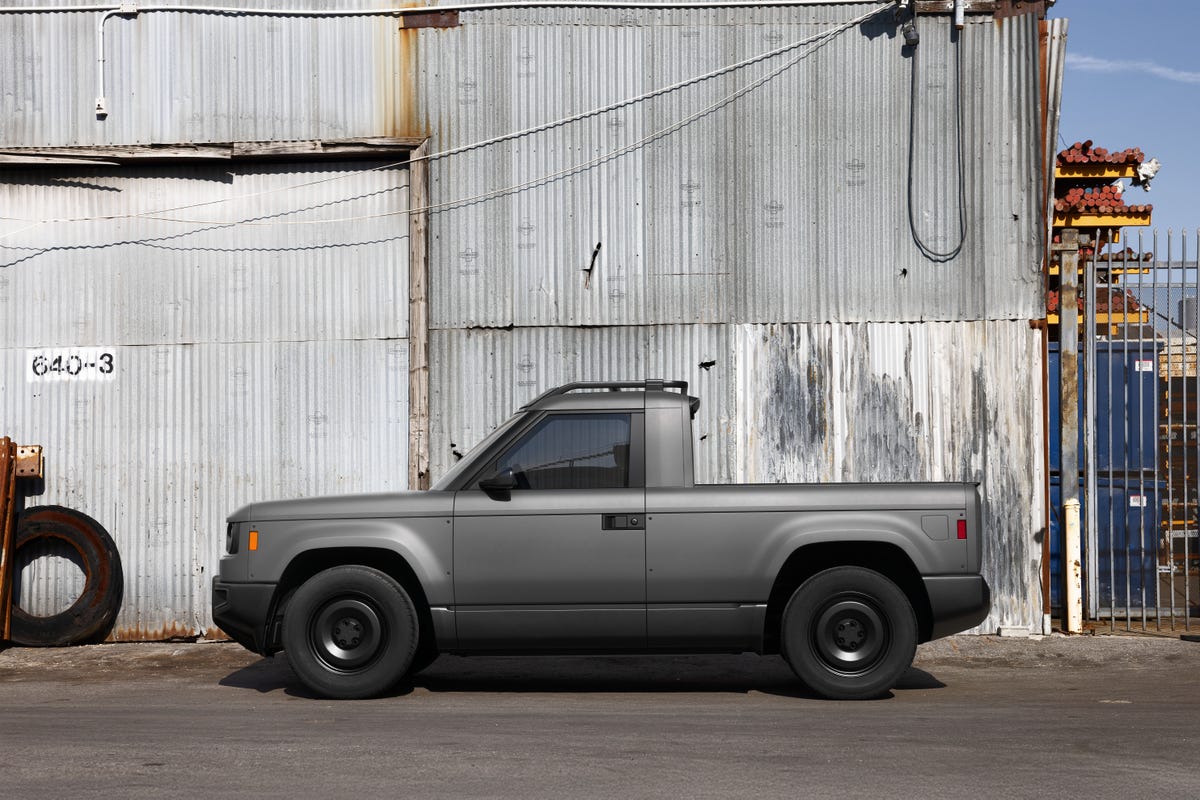
Full electrification, including electric vehicles (EVs), seems more appropriate for smaller pickup trucks since buyers of these models do not anticipate towing large trailers over long distances as they might with larger trucks,” explains Abuelsamid. However, Hyundai’s Sohn doubts that small EV pickups will become common soon, citing potential obstacles related to costs.
However, despite anticipating growth in this segment, he provides a word of caution. “For Original Equipment Manufacturers (OEMs) that currently offer pickups in the mid-size market,” he explains, “‘the key concern is how introducing smaller trucks might affect overall volumes and profit margins.’ He adds, ‘It could potentially reduce sales of larger models; just look at Ford’s experience where customers opting for the Maverick led to lower demand for the Ranger.'” In my view, I am eager to see such competitive dynamics play out if it brings more compact trucks back onto our streets.
Interested in buying a car? Discover your perfect match on the MSN Autos Marketplace.

